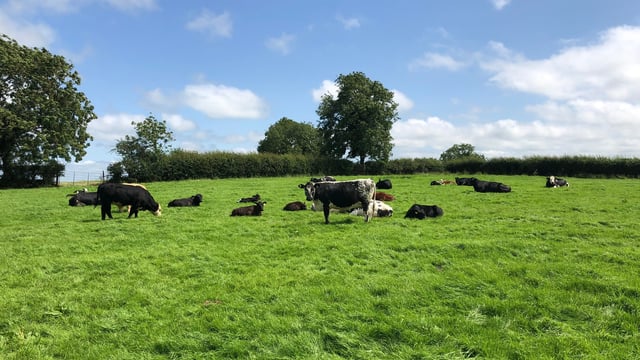Investment in automation critical to a competitive field-vegetable sector - report
Addressing labour-supply shortages, low margins, and lack of succession is key to ensuring that the field-vegetable sector in Ireland remains viable.
And investing in, and adopting, new labour-saving technology and machinery are critical to the sector staying competitive.
That is according to the publication today (Wednesday, July 13) of Opportunities for the Irish horticulture sector, a report by KPMG and commissioned last year by Minister of State at the Department of Agriculture, Food and the Marine (DAFM), Pippa Hackett.
The comprehensive report provides an overview of Ireland's horticulture sector, which is the fourth largest within agriculture, and has a farmgate value of €467 million (2020).
For the purposes of the KPMG report, the Irish horticulture sector comprises seven sub-sectors:
Sector overview
An overview of the field-vegetable sector, according to the report, shows that there are 200 growers in Ireland, employing around 856 people. With a farmgate value of €80 million, this sector represents 17% of the total value of horticulture in Ireland.
Rising input costs and low margins were singled out as the main constraints to the sector, and a number of growers who contributed to the report stated that they would either stop production, or reduce their acreage.
One grower was quoted saying: "Overall there will be a reduction in the line of 25% with certain crops reduced by as much as 50%."
According to the report, the largest 50 growers account for 75% of total field vegetable production area.
Carrots, broccoli and onions are among the top best-selling produce areas in Irish retail, and they are also key imported product lines.
Labour-supply issues are concerning, and considered a "weakness" within the sector as there is a reliance on work permits and visas for migrant workers.
Rising input costs are a threat to the viability of the sector, with labour being the single biggest input cost, the report found.
Low margins making re-investment difficult are particularly constraining for vegetable growers, forcing them to exit the business and, therefore, reduce the local supply range.
And with insufficient young people entering the sector, succession is a key issue to address and resolve.
Field vegetable sector SWOT analysis
KPMG conducted an analysis of the sector's strengths, weaknesses, opportunities and threats (SWOT) and revealed that, despite the negatives, there are many positives.
Strengths
Weaknesses
Opportunities
Threats
Ambition for the future
The report recommends a number of actions to be taken in relation to finance, policy, new product development.
These include but are not limited to:











